The 1980s were a decade full of bold styles, big hair, and, of course, unforgettable TV moments. While some of the catchphrases from that era still make us smile, others haven’t aged quite as well. Looking back, many phrases that were once seen as funny or edgy now raise eyebrows and seem downright offensive in today’s world. These TV quotes, once iconic, highlight how much culture and sensibilities have evolved over the years.
It’s interesting to see how certain phrases that used to be tossed around casually are now recognized for their problematic nature. The 1980s were a time when shows pushed boundaries, but in hindsight, some of those catchphrases reflect a lack of awareness about race, gender, and social issues. So, let’s take a look at these throwback TV lines and see how they would land if they were used today.
“What’chu talkin’ ’bout, Willis?” – Diff’rent Strokes
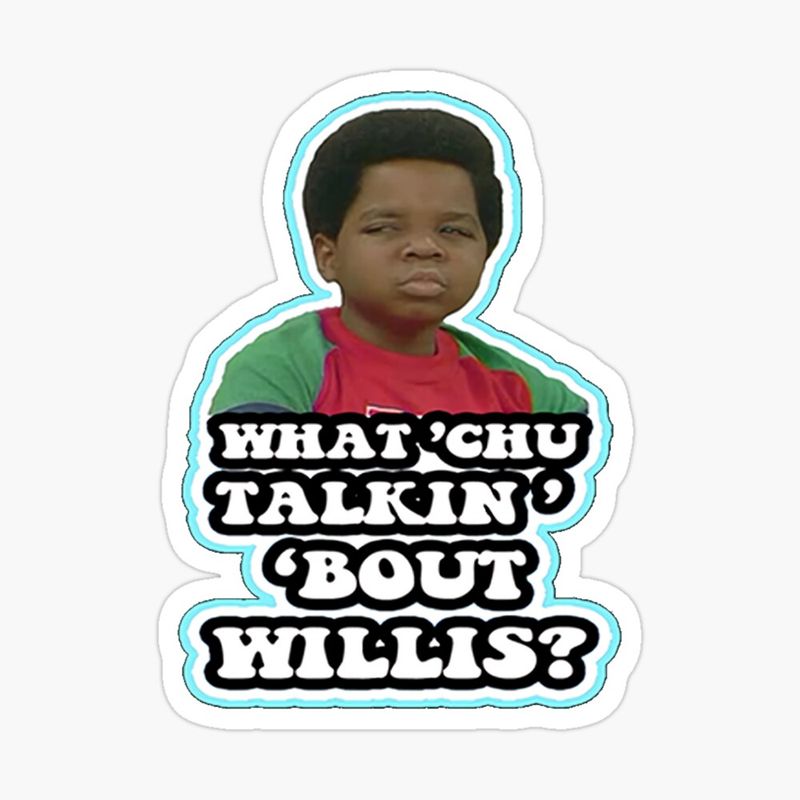
In the hit sitcom Diff’rent Strokes, Arnold’s catchphrase, “What’chu talkin’ ’bout, Willis?” became an iconic line. This playful retort often aimed at his brother Willis may seem innocuous but highlights how humor was rooted in stereotypes. Such phrases can perpetuate racial and social stereotypes, leading to misunderstandings. Nowadays, relying on ethnic or linguistic caricatures for humor is widely criticized.
Audiences are more aware of the implications of certain dialogues. The evolution in comedic tastes reflects a broader societal shift towards inclusivity. Respectful representation is critical in shaping a more understanding world.
“Sit on it!” – Happy Days
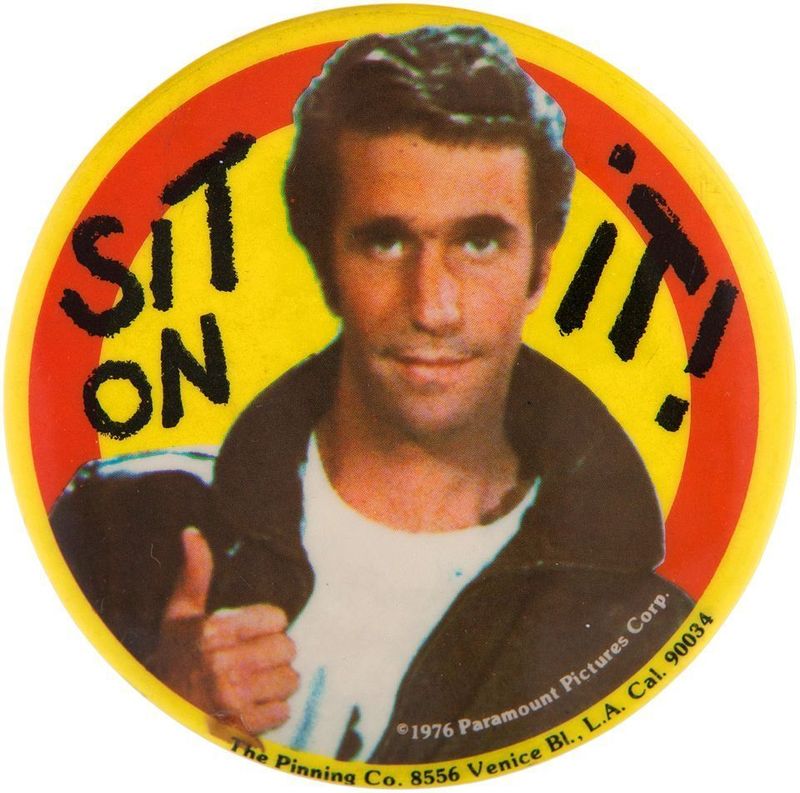
Happy Days introduced us to Fonzie’s popular phrase, “Sit on it!” This dismissive phrase, often told to those who annoyed him, may seem harmless but reflects a time of casual disrespect. Today, such expressions may be seen as promoting rudeness and intolerance.
As norms have shifted, language that undercuts others, even in jest, is less acceptable. Modern audiences favor communication that fosters understanding and cooperation. Celebrating differences and prioritizing empathy are key in today’s discourse. Television reflects these changes, mirroring a society striving for more compassionate interactions.
“Gag me with a spoon!” – Valley Girl
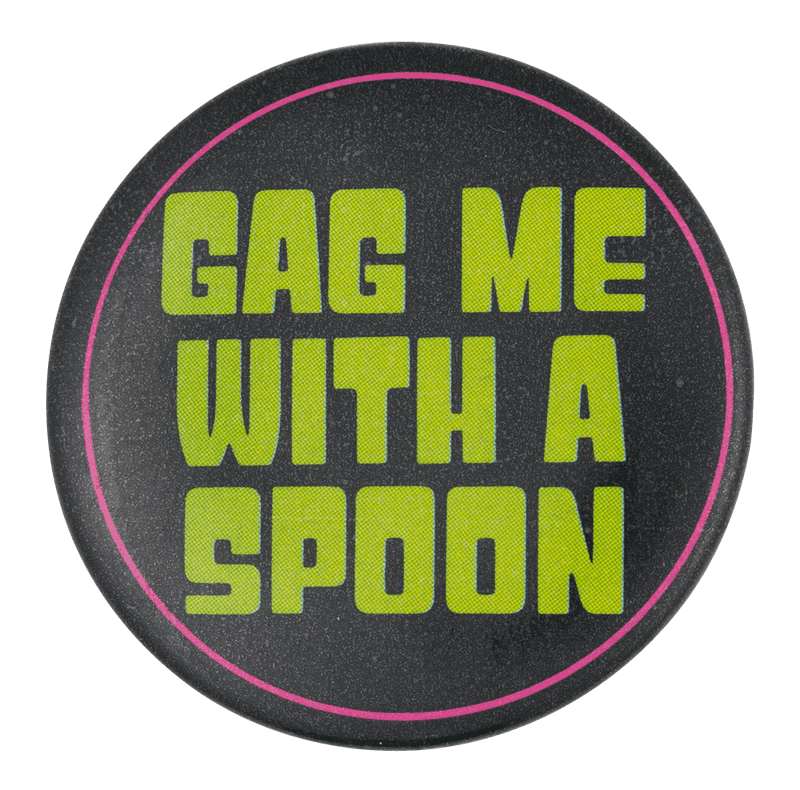
The phrase “Gag me with a spoon!” from Valley Girl was a slang expression embodying teenage disdain. While not overtly offensive, it underscores a culture of sarcasm and trivialization. Today, such an expression might be viewed as dismissive or trivializing serious issues.
Sarcasm has its place, but awareness has grown regarding the impact of language. The emphasis on positive communication is more prominent now. Encouraging kindness and understanding over sarcasm is vital in conversations, fostering a culture of respect and empathy. As society evolves, so does our approach to dialogue.
“I pity the fool” – The A-Team
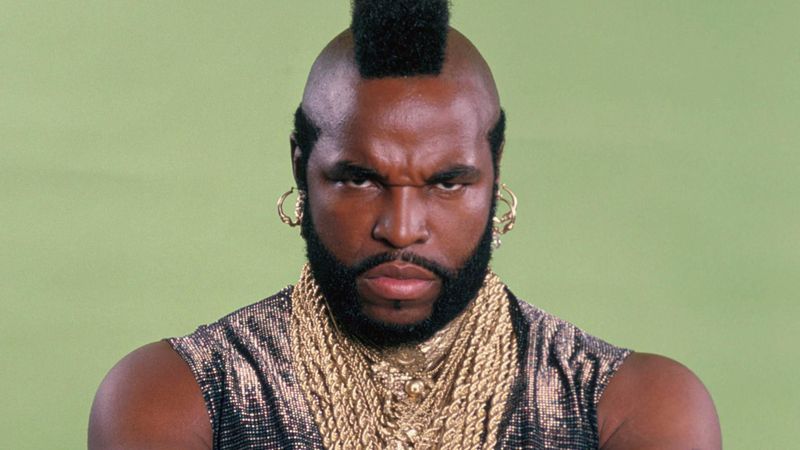
Mr. T’s catchphrase “I pity the fool” from The A-Team conveyed a sense of intimidation and mockery. While it added to his tough persona, today, such language can be seen as aggressive or condescending. Modern audiences are more sensitive to language that belittles others.
The shift towards positive reinforcement in media encourages inspiring rather than intimidating rhetoric. Fostering encouragement over derision helps build supportive environments. Media today reflects these values, aiming for content that uplifts rather than undermines. Understanding the impact of words is crucial for creating harmonious social narratives.
“Kiss my grits!” – Alice

Alice’s catchphrase “Kiss my grits!” became a symbol of sass and defiance. While it entertained audiences, today it might be seen as promoting disrespect. Such expressions, despite their humorous intent, can be perceived as dismissive or confrontational.
Contemporary dialogue often values directness balanced with respect. The trend is to communicate assertively yet courteously, encouraging positive interaction. As media evolves, it reflects these preferences for respectful exchanges. The importance of fostering a culture that values constructive communication is evident in today’s storytelling, aiming for uplifting and inclusive narratives.
“Don’t have a cow!” – The Simpsons
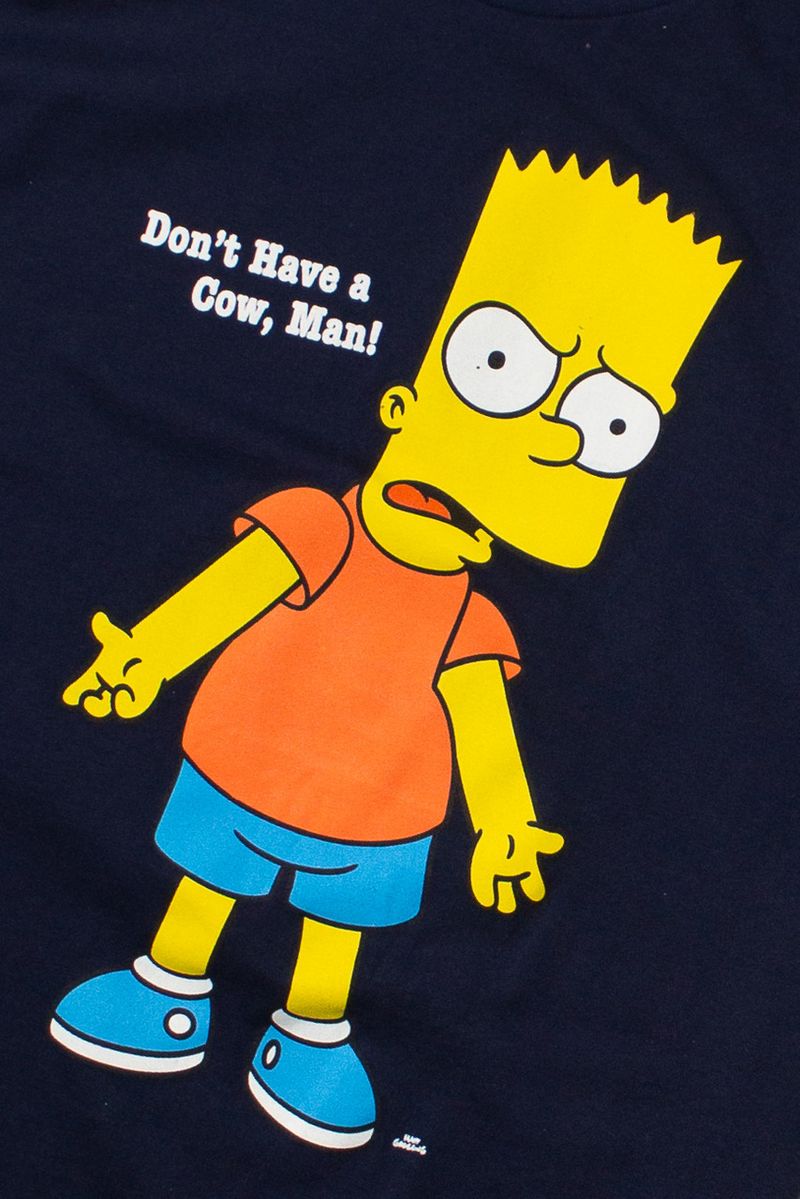
Bart Simpson’s “Don’t have a cow!” became an emblem of youthful rebellion and sarcasm. While playful, today such phrases may be deemed dismissive, trivializing genuine concerns. Contemporary audiences favor empathetic interactions over dismissive retorts.
The shift in communication trends highlights the increased value placed on understanding and kindness in dialogue. Encouraging thoughtful conversations over sarcasm is crucial in modern discourse. Media adapts to these changes, showcasing narratives that emphasize compassion over cynicism. The cultural evolution in language mirrors broader societal efforts toward inclusivity and understanding.
“That’s so gay” – Various Shows
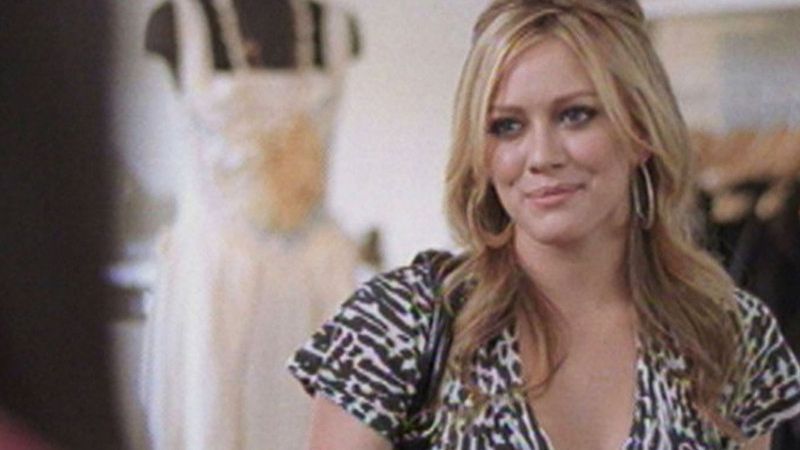
The phrase “That’s so gay” was casually used in various ’80s shows to describe something undesirable. Today, such phrases are recognized as offensive and harmful, perpetuating homophobia. There is heightened awareness of language’s impact on marginalized communities.
The shift towards inclusive and respectful language reflects society’s growing recognition of LGBTQ+ rights. Media plays a pivotal role in promoting acceptance and understanding. As we move towards greater inclusivity, the importance of language in shaping perceptions becomes evident. Embracing diversity and fostering respectful dialogue are key elements of contemporary cultural narratives.
“You’re such a girl” – Various Shows
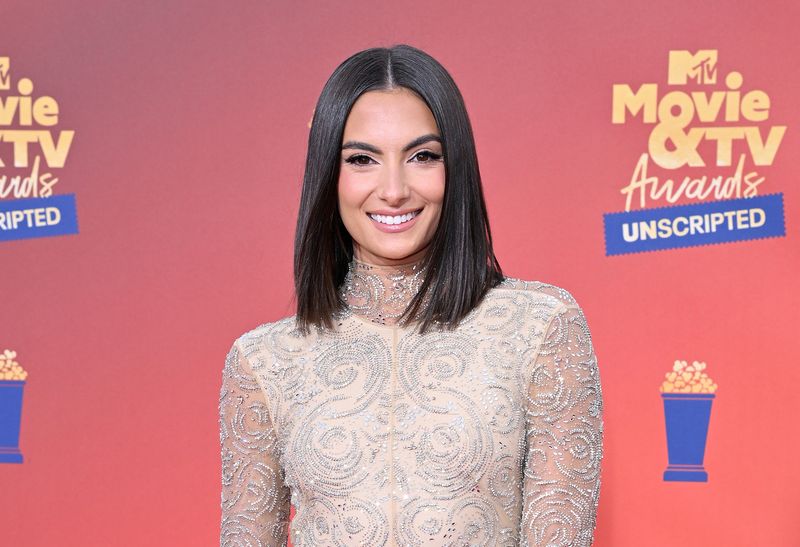
The phrase “You’re such a girl” was often used to belittle male characters. While intended as humor, it reflects gender stereotypes that are increasingly challenged. Today, such language is criticized for reinforcing outdated gender norms.
Encouraging gender equality and challenging stereotypes have become central to modern discourse. Media increasingly reflects diverse representations of gender, promoting equality and acceptance. As societal attitudes shift, the impact of language on reinforcing gender norms is critically examined. The emphasis is on fostering inclusivity, allowing individuals to express themselves freely without the constraints of traditional stereotypes.
“No way, Jose!” – Various Shows

The catchphrase “No way, Jose!” was a lighthearted expression of disbelief, yet it touches on ethnic stereotyping. Such phrases, while seemingly innocuous, can perpetuate cultural stereotypes. Modern audiences are more attuned to the implications of ethnic caricatures in language.
The emphasis is on fostering inclusive language that respects cultural diversity. Media plays an integral role in shaping perceptions, encouraging respectful interactions. The shift towards culturally sensitive dialogue reflects broader societal movements towards equality and mutual respect. As understanding grows, language evolves to reflect a more inclusive worldview.
“Duh!” – Various Shows
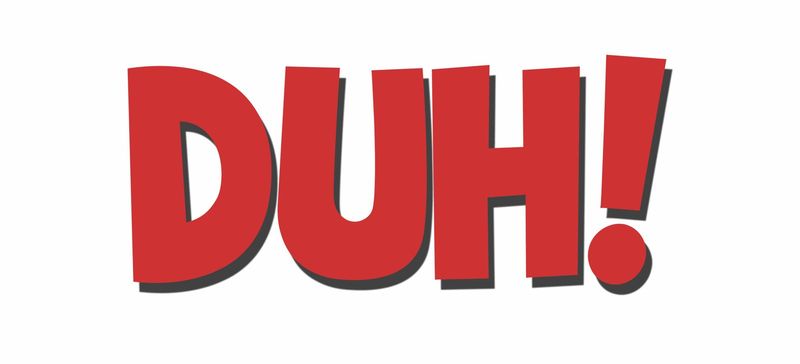
“Duh!” became a popular catchphrase expressing disdain or obviousness. While seemingly harmless, it reflects a culture that sometimes values sarcasm over empathy. Today, there is greater awareness of language that undermines others.
Fostering communication that values understanding over sarcasm is crucial in today’s dialogue. Encouraging supportive and empathic interactions enhances social cohesion. Media plays an essential role in reflecting these values, promoting narratives that emphasize kindness. The shift in communication preferences mirrors a broader cultural move towards empathy and positive reinforcement.
“As if!” – Valley Girl

The phrase “As if!” from Valley Girl became a staple of teenage dismissal. While part of its charm, such language can be perceived as dismissive and unkind. The shift in communication trends highlights the importance of encouraging respectful dialogue.
Contemporary conversations favor empathy and understanding over sarcasm. Media narratives increasingly reflect these values, promoting positive, inclusive interactions. The cultural evolution in language emphasizes the importance of supportive communication, fostering a society that values respect and inclusivity. As awareness grows, language continues to evolve, shaping more compassionate social narratives.
“Eat my shorts!” – The Simpsons
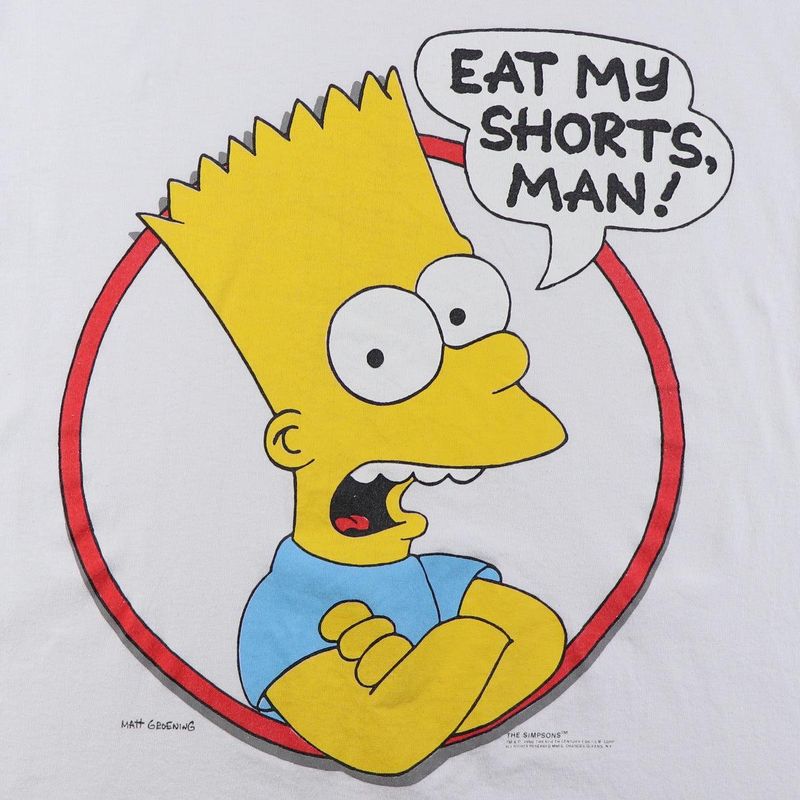
Bart Simpson’s “Eat my shorts!” became synonymous with youthful defiance. While humorous, such language can be seen as promoting disrespect or rebellion. Modern audiences prefer dialogue that encourages understanding and respect.
The shift towards positive communication reflects a broader societal movement towards empathy and kindness. Media plays a vital role in promoting narratives that foster inclusive, respectful interactions. As cultural norms evolve, language adapts to reflect these changes, shaping a more understanding society. The emphasis on respectful communication underscores the importance of fostering positive dialogues, enhancing social cohesion.
“Cowabunga!” – Teenage Mutant Ninja Turtles

The exclamation “Cowabunga!” from Teenage Mutant Ninja Turtles epitomized excitement and thrill. While not overtly offensive, its cultural appropriation can be problematic. Awareness has grown regarding the respectful use of cultural expressions.
Encouraging sensitivity in language usage is key in today’s dialogue. Media increasingly reflects diverse cultural perspectives, promoting understanding and respect. The emphasis on inclusive communication highlights the importance of respecting cultural origins and expressions. As society progresses, language evolves to foster more inclusive and respectful interactions, celebrating diversity and enhancing cultural appreciation.
“You look mahvelous!” – Saturday Night Live
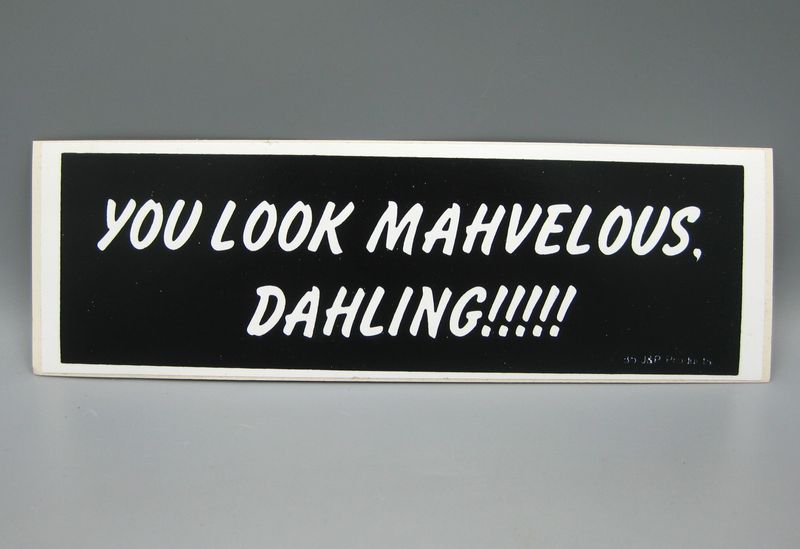
Billy Crystal’s “You look mahvelous!” character on SNL parodied the superficiality of celebrity culture. While comedic, today such exaggerations can be seen as mocking certain accents and mannerisms. Modern audiences favor humor that doesn’t rely on stereotypes.
Comedy that respects diversity and promotes inclusive humor is increasingly valued. Media plays a crucial role in setting precedents for respectful representation. As cultural awareness grows, language evolves to reflect these changes, promoting humor that uplifts rather than undermines. The shift in comedic preferences underscores the importance of respectful and inclusive narratives.
“Meep meep!” – Looney Tunes

The Road Runner’s “Meep meep!” became a classic cartoon sound. While not offensive, its repetitive nature underscores the simplicity of past humor. Today’s audiences often seek more nuanced and thoughtful comedic expressions.
The evolution in humor preferences highlights the growing appreciation for complexity and wit in comedy. Media adapts by offering content that challenges and engages audiences. As cultural tastes evolve, language and humor reflect these changes, promoting comedy that resonates with contemporary values. The shift underscores the importance of innovation and creativity in comedic narratives.
“Bang, zoom, to the moon!” – The Honeymooners
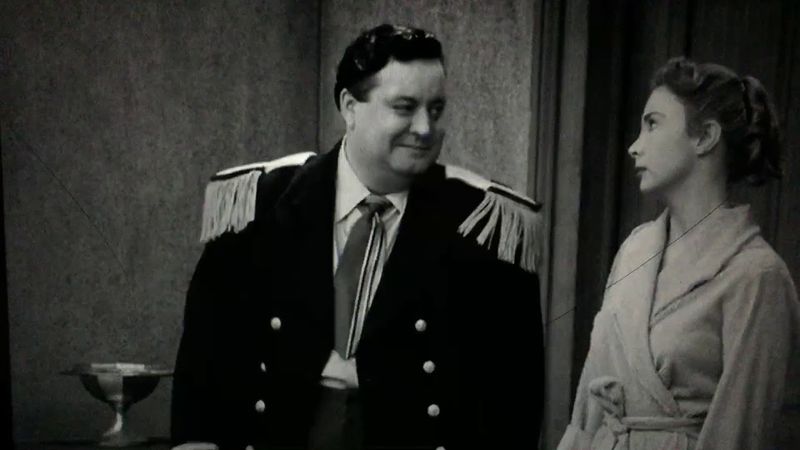
Ralph Kramden’s phrase “Bang, zoom, to the moon!” from The Honeymooners signaled impending frustration. Today, such expressions can be interpreted as promoting aggressive or violent language. Modern audiences prefer dialogue that fosters peaceful, respectful interactions.
Media narratives increasingly reflect these values, promoting empathy and understanding. The shift towards positive communication highlights the importance of fostering respectful discussions. Language continues to evolve with cultural norms, encouraging interactions that enhance social harmony. The focus on compassionate dialogue underscores the need for media to reflect contemporary values and promote positive social interactions.
